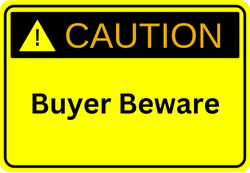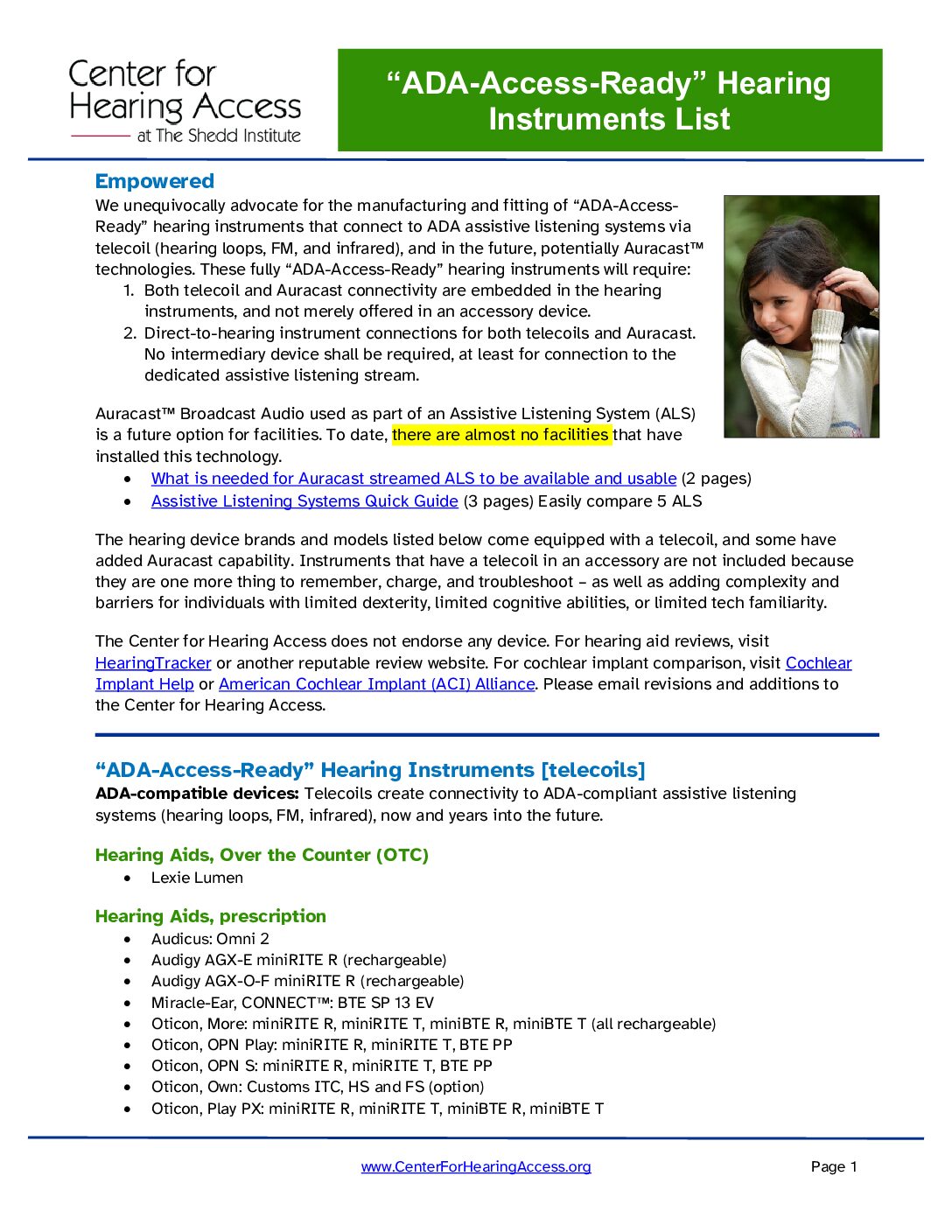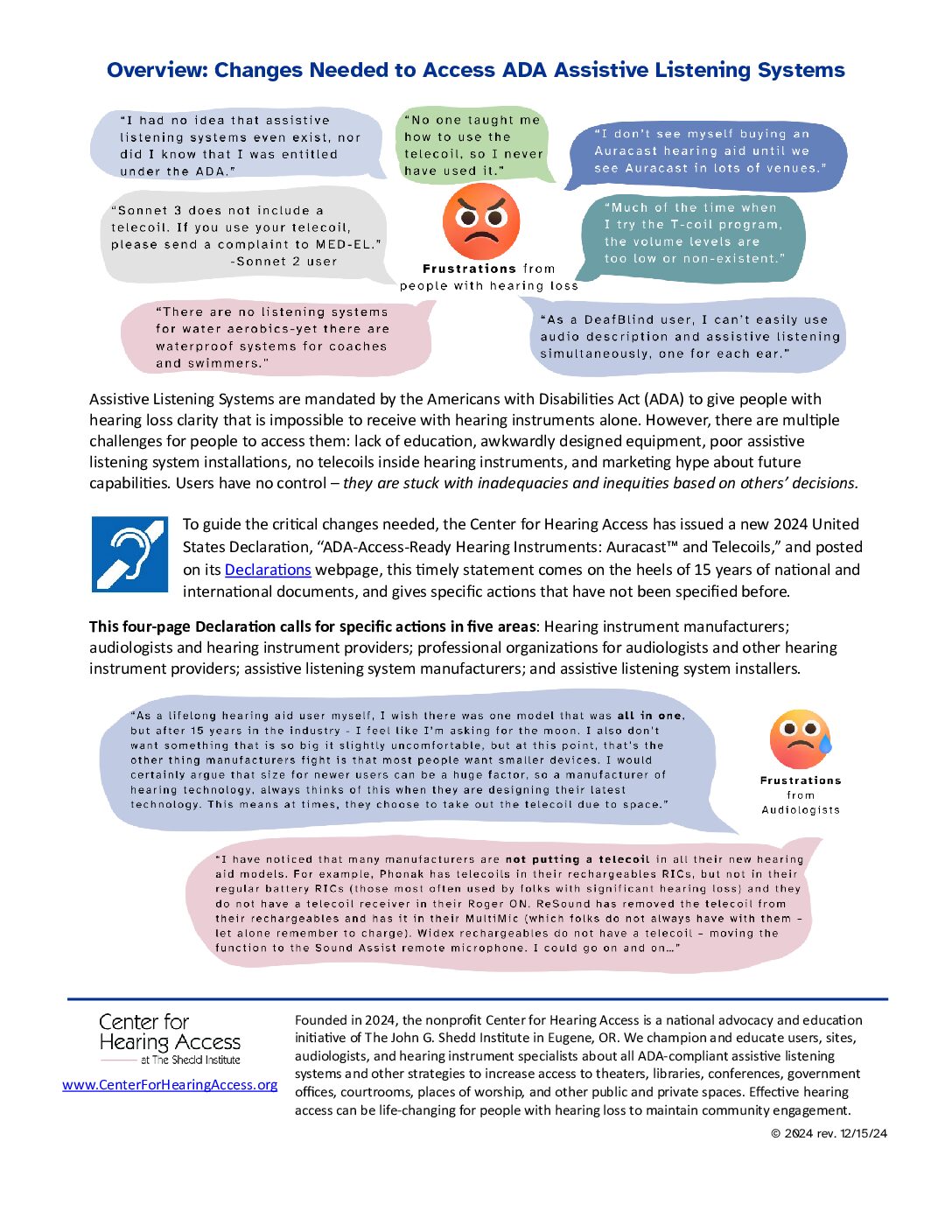Auracast™ Streamed Assistive Listening Systems*

About Auracast
Auracast™ broadcast audio is a new Bluetooth® capability.
Auracast broadcast audio can be used in two very different ways:
- Auracast broadcast audio for Audio Sharing (no live sound).
Examples: Sports bar TVs and personal sharing audio. Audio sharing transmits from one smartphone or laptop computer to multiple Auracast compatible wireless earbuds, with friends and family. - Auracast streamed assistive listening (AL)* (live sound).
Examples: theaters, lectures, and meetings. By broadcasting to many, Auracast has the potential to provide part of an assistive listening system (ALS) for people with hearing loss.
*The full technical name is “Auracast Broadcast Audio used as part of an Assistive Listening System (ALS)” and is simply identified as “Auracast streamed assistive listening (AL)” on this website.
FAQ
Yes, the International Electrotechnical Commission (IEC) 60118-17 Standard is scheduled to be released in December 2027, will include latency limits, sound quality, connectivity requirements, and more. While manufacturers are now developing new equipment, until IEC 60118-17 is published, it cannot be known if any product will meet its requirements.
Visit the IEC TC 29 Dashboard for the “IEC 60118-17 ED1, Electroacoustics – Hearing aids – Part 17: Assistive listening system for hearing aid users based on 2.4 GHz audio streaming.”
Each manufacturer must qualify their products through the Bluetooth Qualification Process to be licensed to use the Auracast™ trademarks. But there are many unknowns to be able to use them for assistive listening. A few examples:
- Different types of receivers and their antennas will have different operating (reception) ranges. Dedicated Auracast receivers, hearing aids, cochlear implants, earbuds, and headphones may all have different capabilities. Can a person, with or without hearing loss, with any type of device, from any manufacturer, sit anywhere in the room or space and be able to receive a quality audio stream?
- Facility constraints: placement of transmitter, line of sight, facility design, other physical interferences.
- Presence of competing transmissions and interference (e.g. Wi-Fi, general RF noise floor, etc.).
Since the international standard is not finished and 99% of users do not have hearing instruments with Auracast capability, a workaround will be required until the technology matures and devices become common.
Thus, early systems are more equivalent to infrared or FM/RF assistive listening system, rather than the ease of a person using a hearing loop. Users will likely use the Auracast streamed ALS the same way as an infrared or FM/RF ALS with. Workarounds include:
- Manufacturer Auracast receivers and headphones (those without hearing aids or without telecoils) and
- Manufacturer Auracast receivers and neckloops (those with telecoils).
See a graphic in the April 2025 Hearing Health Foundation article.
Furthermore, without international standards and practical, reputable third-party proof of concept testing, site and user equipment may be incompatible, may not fully work, users may need to use equipment differently, and other unforeseen problems may present themselves during this time.
ADA Compliance. It is unknown if and when various Auracast streamed ALS will be (in the US, ADA) compliant with disability regulations. Buyer beware. Each manufacturer’s new system must meet all requirements in the ADA 2010 Standards, Assistive Listening System requirements. See Americans with Disabilities Act for assistive listening systems (this website).
These fully “ADA-Access-Ready” hearing instruments critically require:
- Both telecoil and Auracast connectivity embedded in the hearing instruments, and not merely offered in an accessory device. Buying hearing aids in the next 5-7 years? Here is a list of devices: “ADA-Access-Ready” Hearing Instruments List
- A single push-button access (direct-to-hearing instrument connections) for both telecoils and Auracast. No intermediary device to be required, at least for connection to the dedicated assistive listening stream. To date, no hearing aid nor cochlear implant has this Auracast ability. This capability exists with telecoils and hearing loops.
Note:
- Some manufacturers (such as Signia and Widex) are intentionally waiting and not jumping (or rushing) into Auracast for several reasons, including the lack of an international installation IEC standard (to be finalized in 2027), product development/research, the highly sparse Auracast installations around the world, and waiting for the technology to evolve.
More details
- Whyman, W. “A Push for Hearing Devices that are ‘ADA-Access-Ready’ Hearing Health Foundation, April 2025 Quarterly publication. 4 pp.
- Sterkens J. and Whyman W. Helping People Hear Anywhere with Telecoils and Auracast. January 2025 feature article, Canadian Audiologist

- No site owner/operator will be required to change systems from hearing loop, FM/RF, and infrared to Auracast streamed ALS.
- Eventually, Auracast streamed ALS will be another option. Each current and future ALS has its own strengths and weaknesses.
- All assistive listening systems (hearing loops, FM systems, IR systems, and future Auracast streamed ALS) can and will coexist for years.
- It is expected that Auracast streamed ALS can be added to existing ALS.
What professionals are saying
Having an Auracast assistive listening system compatible hearing aid today – is comparable to having an electric vehicle but not having any charging points anywhere in your state, except for the charger that came with your car. It will take a decade – if not longer – before the adoption of Auracast Assistive Listening transmitters will become commonplace. Users will not only need new hearing aids and cochlear implant processors but require a complete Auracast ‘ecosystem.’
Dr. Juliëtte Sterkens, AuD. professional advisor for hearing loop and other assistive listening technology with HLAA. Read Juliëtte’s full comments in Response To Consumer, Regarding Regret Not Having Auracast in Hearing Aids (1.5 pages, pdf)
Auracast Assistive Listening Systems are not going to be available for quite some time (The IEC 60118-17 standard for it is scheduled for 2027). Loops and Tcoils will be needed for at least 10 years – assuming Auracast Assistive Listening Systems actually delivers what the Hard of Hearing (HoH) and hearing aid/cochlear implant user need – which is too early to say at this stage. But potentially we have an interesting future technology on the horizon.“
Dr. Peter Mapp, Assistive Listening Design Consultant
Auracast Assistive Listening Systems is being promoted as the next–generation assistive listening system, but the when, where, and how have yet to be determined. Broad adoption will require both venues and hearing aid users to upgrade equipment. Market saturation could take years, maybe even decades, to realize.
Hearing Loss Association of America (HLAA) Get in the Hearing Loop
This means that virtually NOBODY has the correct Bluetooth protocol in their receiving device and will require the purchase of a new device (whether that is a smartphone, hearing aid, or CI) to take advantage of the technology. And only then, once manufacturers release transmitters into the market. And that is another big question – when will the first transmitters be available for sale? The other big question for the assistive listening industry is — when will hearing aids and cochlear implants be available with Bluetooth 5.2? Estimates range from 2023 – 2030, depending on the brand.
James Rowe, Chief Executive, OTOjOY Reflections on the future of Bluetooth Low Energy (LE) (PDF) “Auracast” as a possible future assistive listening technology November 2022. (3.5 pages)
Induction loops and telecoils are here to stay
Loop systems are used worldwide because not all people (for example) can afford high-end or have access to hearing aids and hearing technology. Loop systems may also be used by millions of people with, for example a mild to moderate hearing loss, who do not use hearing aids; loop receivers with headphones may give access in a universal way to provide information in certain situations.(for example: the elderly, emergency situations and more)
We believe that there is room for multiple devices and that installing a telecoil/induction loop system is highly worthwhile because of the benefits, available at relatively low cost.
National Council of and for Persons with Disabilities, South Africa
Where practical to install a loop system that should still be considered as a primary choice for accessibility now, little has changed since hearing loops and telecoils were the preferred technology of choice by 86% of hearing aid users (reference on website).
Part of this is also ease of access, in many cases accessing a loop is as simple as seeing the recognised signage and pressing a button or switch on the hearing aid. There is only one channel of audio available, and there’s no doubt that the audio you’re connecting to is trustworthy.
For all these reasons it’s imperative that these technologies co-exist for many years to come.
Ampetronic, hearing loop manufacturer, 12/21/23
- Australian College of Audiology conference on May 9th, 2024. LE Audio and Auracast™: Taking Audio Accessibility to the Next Level (45:08)
- AudiologyOnline, July 8, 2024. 20Q: Auracast is Here – What You Need to Know (1 hour)
Tools
How the hyperlinks work:
- image or title -> opens a new webpage with more information
- download icon at bottom -> direct download or website






Resources
- How ‘Public Access Ready’ Hearing Aids Could Offer a Competitive Edge (article, webpage, 3/21/24)

